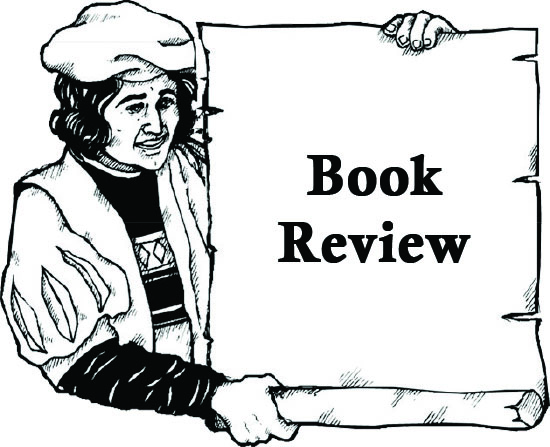
The Sunday Mail

ZIMBABWE is a country laden with beautiful scenery, large concentrations of wildlife and a favourable climate, which makes it one of Africa’s top holiday destinations.
With the large traffic of tourists that visit our lovely country, there is always a great need for coming up with strategies for developing the tourism sector and the environment it depends on.
 Literature has always played a significant role in the development of the sector, acting as an information highway in which knowledge and strategies, among other things, are circulated.
Literature has always played a significant role in the development of the sector, acting as an information highway in which knowledge and strategies, among other things, are circulated.
Jobert Nyabango Dzimati’s book “Tourism: Strategic Sustainable Development” is an educational piece that offers a thematic approach to various principles associated with tourism.
The book attempts to provide a road map for sustainable development in the industry, highlighting strategies that can be used to protect natural and cultural resources.
The author makes use of other scholarly sources to further enhance his text, giving an in depth analysis of the sector and providing insights on some of the global trends.
The contents of this book are an ideal support system for policymakers, leaders, the general public and students, among other stakeholders, who have a role to play in the development of the industry.
Some of the topics covered in the book include planning for sustainable tourism development, strategic partnerships, information exchange management, land management, and local empowerment and indigenisation, just to mention a few.
In the first chapter, the author started off by explaining and defining some of the key elements of the industry, thus laying a foundation for the subject matter.
While I was reading this chapter, I began to grasp the concept of sustainable tourism development, which is said to meet the needs of the present tourist and the hosting communities while protecting and enhancing opportunities for the future.
He explains further, “It is envisaged as leading into management of all resources in such a way that economic, social and aesthetic needs can be fulfilled while maintaining cultural integrity, essential ecological processes, biological diversity and a life support system.”
Dzimati goes on to highlight that everyone, including government, inter-governmental and non-governmental organisations, civil society groups, business and the public at large have a role to play in the development of the sector.
The importance of training, teaching and public awareness was also looked into, with ignorance sighted as an ingredient for environmental and cultural damage. The author should also be applauded for also including the subject of local empowerment and indigenisation, which is one of the key issues Government has been pushing.
He highlights that all sectors of society, including women, indigenous people, the young and old are given an opportunity to participate in the development of the tourism industry.
Dzimati covers a wide range of developmental issues that are not necessarily limited to tourism, but other sectors as well.
Overall, this book could prove to be an essential tool for development of our economy.



